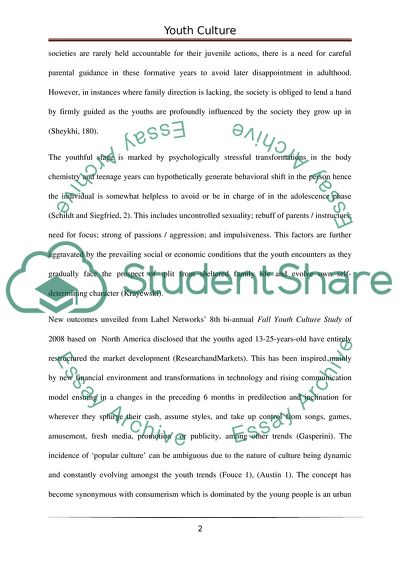Cite this document
(“The Origins of Youth Culture Research Paper Example | Topics and Well Written Essays - 1500 words”, n.d.)
The Origins of Youth Culture Research Paper Example | Topics and Well Written Essays - 1500 words. Retrieved from https://studentshare.org/social-science/1747370-the-origins-of-youth-culture
The Origins of Youth Culture Research Paper Example | Topics and Well Written Essays - 1500 words. Retrieved from https://studentshare.org/social-science/1747370-the-origins-of-youth-culture
(The Origins of Youth Culture Research Paper Example | Topics and Well Written Essays - 1500 Words)
The Origins of Youth Culture Research Paper Example | Topics and Well Written Essays - 1500 Words. https://studentshare.org/social-science/1747370-the-origins-of-youth-culture.
The Origins of Youth Culture Research Paper Example | Topics and Well Written Essays - 1500 Words. https://studentshare.org/social-science/1747370-the-origins-of-youth-culture.
“The Origins of Youth Culture Research Paper Example | Topics and Well Written Essays - 1500 Words”, n.d. https://studentshare.org/social-science/1747370-the-origins-of-youth-culture.


